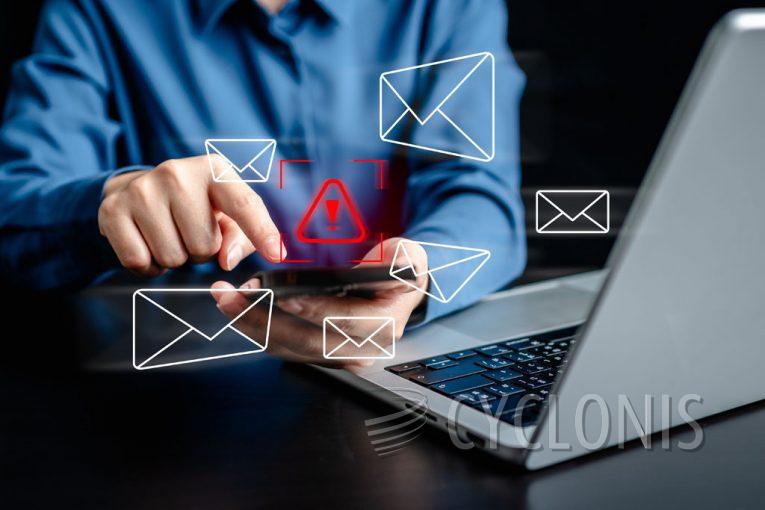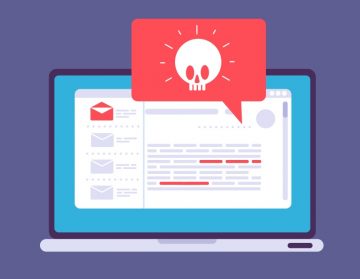Take Note: Someone Added You As Their Recovery Email Scam

Table of Contents
Understanding the Scam
The "Someone Added You As Their Recovery Email" scam is a sophisticated phishing attempt designed to deceive recipients into surrendering their email log-in credentials. This scam email masquerades as a legitimate notification, claiming that the recipient's email address has been added as a recovery option for another account. The primary objective of this scam is to trick recipients into clicking a link that leads to a phishing website.
The Deceptive Email
Upon receiving this fraudulent email, recipients are informed that their email address has been added as a recovery contact for an unfamiliar account. The email urges recipients to follow a provided link to remove the unknown email address if they do not recognize the activity. This tactic leverages the urgency and concern over unauthorized access to prompt immediate action.
False Claims and Phishing Websites
It's crucial to understand that this email's claims are entirely false. The email is not associated with any legitimate service provider. The point is that the link in the email leads to a nonfunctional website. However, scammers can easily update the link to direct victims to a functional phishing site. These phishing sites are often designed to mimic genuine email sign-in pages, capturing any information entered and sending it to cybercriminals.
Here's the full text of the scam email:
Subject: Someone added you as their recovery email
Someone added [email address] as their recovery email
[Entity] wants your email address to be their recovery email.
If you don’t recognise this account, it’s likely that your email address was added in error. You can remove your email address from that account. Disconnect email [email address]
You can also see security activity at [address]
The Danger of Compromised Email Accounts
Email accounts are valuable targets for scammers because they can contain sensitive information and serve as gateways to other linked accounts. By gaining access to an email account, scammers can potentially hijack other platforms registered with that email. This access allows them to steal identities, request loans or donations from contacts, promote further scams, and spread malicious content.
Financial and Privacy Risks
Scammers can also target finance-related accounts, such as online banking, e-commerce, and digital wallets, to make unauthorized transactions and purchases. Victims of this scam can face severe privacy breaches, financial losses, and even identity theft. Suppose you have inadvertently provided your login credentials to a phishing site. In that case, it is crucial to change the passwords of all affected accounts immediately and contact the official support services for those accounts.
Recognizing Phishing Emails
Phishing emails, like the "Someone Added You As Their Recovery Email" scam, are designed to harvest log-in credentials, personally identifiable information, and financial data. These emails are often well-crafted and can appear legitimate, making it essential to approach all unsolicited communications with caution.
The Role of Spam in Spreading Threats
Spam campaigns often distribute malicious files through email attachments or links. These files can come in various formats, such as ZIP archives, executables, documents, and JavaScript files. Opening these files can trigger the download and installation of harmful software. For instance, Microsoft Office files may require users to enable macro commands, while OneNote documents might need users to click embedded links.
Practicing Vigilance
To protect yourself from such threats, being cautious with incoming emails and other messages is vital. Avoid opening attachments or clicking on links in suspicious or irrelevant emails. Additionally, be wary of browsing online, as malicious content can often appear genuine. Always download software from official and verified sources, and ensure that you use legitimate tools to activate and update software to avoid inadvertently installing harmful programs.
Final Thoughts
The "Someone Added You As Their Recovery Email" scam highlights the importance of vigilance and caution in today's digital landscape. By learning how these scams function and how to identify them, you can enhance your ability to avoid phishing attempts. Always verify the legitimacy of unexpected emails, avoid interacting with suspicious content, and maintain strong security practices to safeguard your personal and financial information.








